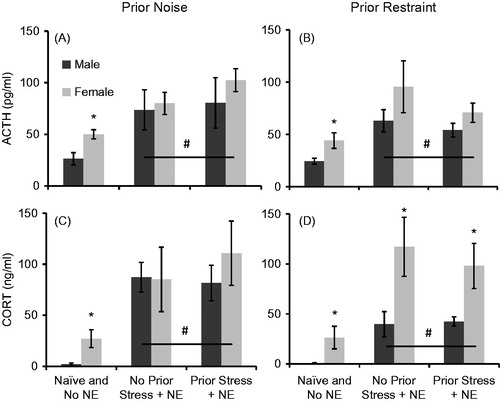Figures & data
Figure 1. Mean (±1 SEM) ACTH (A) concentrations and CORT (B) concentrations in response to 10 days of repeated noise stress in male and female rats. Significant main effects of stress condition, time and significant two-way interactions between stress condition and time, and sex and stress condition were observed for both hormones. Collapsed across time, noise stress significantly increased ACTH concentrations in males (p = 0.001) but not females (p = 0.20), and significantly higher CORT concentrations were found in females compared to males only in the control (p < 0.001) but not stressed (p = 0.15) groups. *Stressed animals significant higher than control animals, regardless of sex.
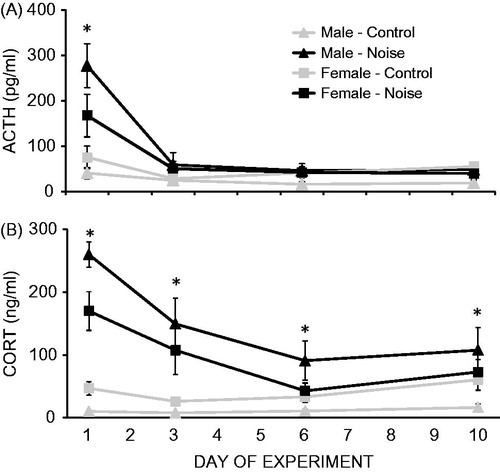
Figure 2. Body weight gain (means ± 1 SEM) in male and female rats over 10 days of daily repeated noise stress exposure. Naïve rats of both sexes weighed significantly more, and gained weight significantly faster, than both No Stress and Stressed groups, which did not differ from each other. *Males weighed significantly more, and gained weight faster, than females (p < 0.05).
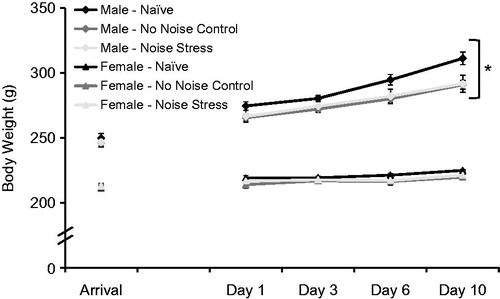
Table 1. Physiological parameters across repeated noise experiment.
Figure 3. Mean (±1 SEM) ACTH (A) and CORT (B) concentrations over 10 days of daily restraint stress (30 min/day) in male and female rats. Significant main effects of stress condition, time, and a two-way interaction between stress condition and time were observed on concentrations of both hormones. A significant main effect of sex on CORT, but not ACTH, concentrations was also observed. *Stressed animals significantly higher than control animals, regardless of sex.
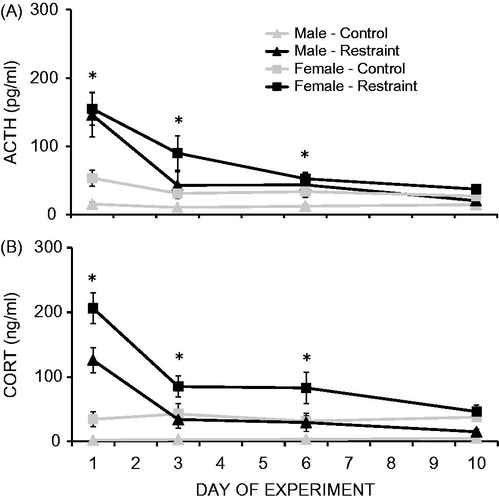
Figure 4. Body weight gain (means ± 1 SEM) in male and female rats over the course of 10 days of daily exposure to restraint stress. Naïve males gained significantly more weight over the experiment than stressed males (p = 0.04), but not no stress control males (p = 0.07). No stress and stressed males gained a similar amount of weight. *Males weighed significantly more, and gained weight faster, than females (p < 0.05).
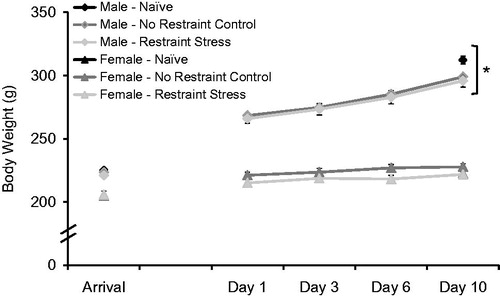
Table 2. Physiological parameters after repeated restraint experiment.
Figure 5. Mean ACTH (A and B) and CORT (C and D) concentrations (±1 SEM) in response to a novel environment in animals exposed to prior repeated noise (A and C) or restraint (B and D). Novel environment exposure (NE) significantly increased ACTH and CORT concentrations in all animals in both experiments (#p’s < 0.05 compared to naïve animals). Prior stress (noise or restraint) did not affect HPA axis responses to NE (p’s > 0.05). *p < 0.05 compared to male rats in the same stress condition.
